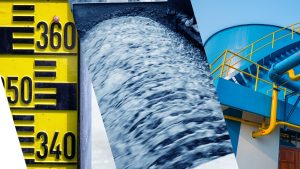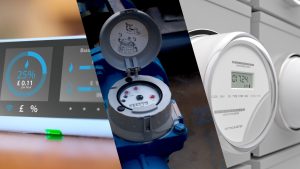There are many essential aspects that create an efficient water treatment management system within a plant. One of them is its valve performance, for sure. It can decide the efficiency levels, basically, and that is why the valve-related assets need to be in good health for a water treatment plant to function well. The effectiveness of the whole valve system can be enhanced drastically through the implementation of cutting-edge technological solutions. One of them is ‘Smart Sensor Technology’.
This article will introduce the application of smart sensor technology for water treatment plant valve assets and how it offers the best solution for the main challenges encountered during water treatment operations.
Introducing Smart Sensor Technology
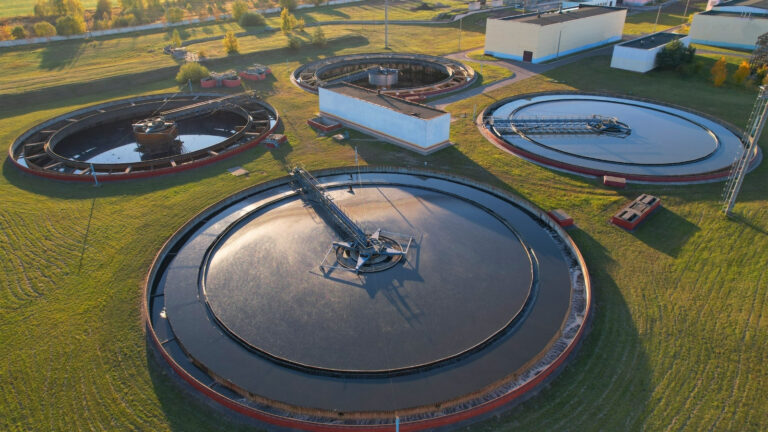
First, let us walk you through this robust technology. It combines cutting-edge sensors with integrated computing and communication systems to automatically collect, process, and transfer data. These sensors can gather data from their surroundings, evaluate it, and exchange useful information in real time. How is it possible? It is not complicated as they are integrated with microprocessors and communication possibilities like Wi-Fi or Bluetooth. The best thing about these smart sensors is that they can track a range of aspects, including temperature, humidity, pressure, motion, and more.
Not limited to one particular field, they are widely used across various industries. They range from manufacturing, healthcare, environmental monitoring, transportation, etc. Why is this technology utilised? That is because it has the capability to enhance efficiency, automate processes, enable predictive maintenance, and improve decision-making when it is integrated with other software like IoT, Digital Twin, Data Analytics, and whatnot.
Key Challenges in Water Treatment Plants That Involve Valve Assets
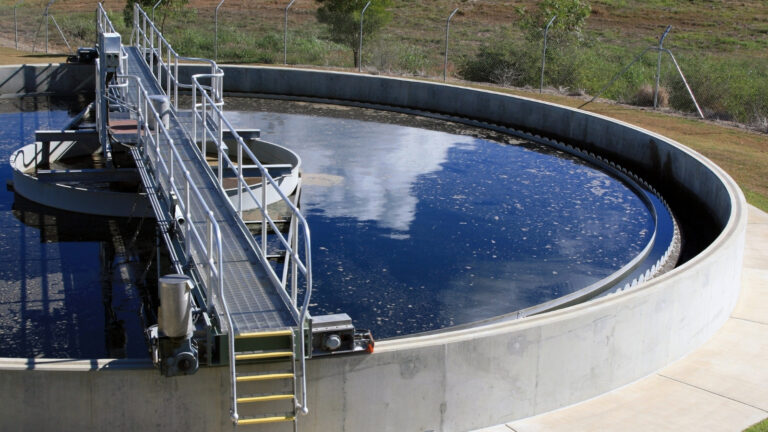
Need to Visiting Complex Infrature to Monitor Valve Assets
If the good health of valve assets is a concern, then it is necessary for the employees to physically visit a complicated water treatment plant infrastructure. This is known as a significant challenge. But why is it challenging? The vast and complex networks of valves that make up water treatment facilities are generally spread over several vast areas.
If they conduct regular onsite inspections, then the workers are required to spend a significant amount of time, resources, and labour for that responsibility. The concerns are not limited to that, but the staff safety is also at risk while entering dangerous or distant places.
Leakage and Seal Risks
The smooth proceeding of valve assets in water treatment facilities is often disrupted by leakage and seal issues. It is crucial to maintain the tight seal integrity of these valves since they act as the main line of defence against leaks. What happens if it is ignored is it can have negative effects such as water loss, environmental harm, and safety issues as the outcome.
Due to the demanding working conditions and harsh substances utilised during water treatment procedures, valve seals are known as highly prone to wear and degradation over time. As a result, it is crucial to conduct thorough inspections regularly. Plus, it is required to conduct regular maintenance procedures to avoid those leaks and maintain the overall effectiveness.
Cavitation, Corrosion, and Erosion
These are known as the major issues for water treatment valve asset handling. When it comes to cavitation, it is caused by sudden dips in water pressure in high-pressure locations. This causes harmful bubbles to build and then violently burst. This act can damage the valve’s internal parts and cause erosion and a shortening of the valve’s operating lifespan. Another major concern is water treatment systems commonly expose valves to harsh substances. That is what exactly makes them vulnerable to corrosion and erosion.
These corrosive forces weaken the integrity of valves day by day, which has a negative impact on their ability to precisely and consistently control water flow. Therefore, protecting against cavitation, corrosion, and erosion becomes a vital requirement to ensure the uninterrupted processing of valve assets in water treatment plants.
Benefits of Utilising Smart Sensor Technology to Optimise Valve Performance in Water Treatment Plants
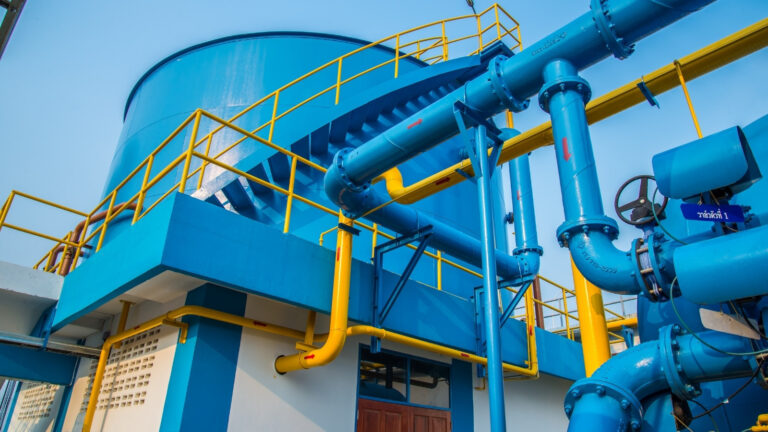
Remote Monitoring
The remote monitoring capability offered by smart sensor technology plays an important role in enhancing valve performance within water treatment plants. These advanced sensors can be strategically placed throughout the infrastructure to help with continuously collecting and transmitting critical data regarding valve conditions. Plus, it ensures real-time visibility. This remote monitoring empowers workers to proactively detect anomalies, such as leaks, corrosion, or blockages, without the need for physical inspection. Ultimately it facilitates rapid responses to impending issues.
If said further, it enables predictive maintenance. What happens here is that as trends and patterns in valve behaviour can be analysed over time, it helps in reducing downtime and unexpected failures. Ultimately, this remote monitoring capability optimises valve performance by improving reliability and minimising maintenance costs while enhancing overall operational efficiency.
Helping in Diagnosing Errors in Valve Assets
You know that these sophisticated sensors are equipped to continuously monitor valve conditions and behaviour while meticulously analysing data for anomalies and discrepancies. When the technology is utilised to leverage advanced algorithms and real-time data analysis, smart sensors can swiftly identify errors such as leaks, malfunctions, or deviations from expected performance parameters.
This proactive error diagnosis allows the authorities to provide rapid intervention to spot issues in the first place. Also, it extends its helping hands toward predictive maintenance strategies. The result is that water treatment plants can ensure the uninterrupted, efficient operation of valves, reducing downtime and minimising maintenance costs in the end.
Offering Real-Time Data
The latter offers real-time data on the condition of valves, enabling continuous performance monitoring. This immediate access to data serves as a proactive mechanism while detecting issues like leaks, corrosion, or blockages. When the authorities are able to promptly identify these problems, they can take timely and effective measures to intervene. As a result, problems that might interrupt water treatment procedures or endanger system integrity are kept from getting worse.
This proactive approach not only minimises downtime and costly repairs but also ensures the consistent and efficient operation of valves. The latter is bolstering the reliability of water treatment plants in delivering clean and safe water to people in Australia as the best outcome.
Boosting Energy Efficiency
When water treatment plants implement advanced sensors, they can provide real-time data on flow rates, pressure, and other crucial parameters in the operations. These insights are allowing the authorities to make dynamic adjustments to valve positions as needed. Water treatment plants could significantly lower energy use by fine-tuning valve operations in response to shifting needs.
This efficiency drastically minimises unnecessary pressure drops and ensures that valves operate within their optimal range. It ultimately leads to cost savings and sustainable resource management in the plant.
Enhanced Safety
Through the implementation of predictive analytic skills, these sensors are able to identify any variations in valve behaviour or the existence of leaks, even in their early stages. Due to this robust feature, possible safety issues could be addressed quickly and proactively by the authorities. Water treatment plants can drastically reduce hazards coupled with uncontrolled leaks and lower the likelihood of accidents, injuries, and environmental impact by swiftly fixing these problems.
As a result, this technology not only enhances the safety of plant workers but also contributes to the protection and well-being of the surrounding communities. This is the best way to ensure that the critical task of providing clean and safe water is done within the highest standards.
Expanding Strengths with Advanced Technology
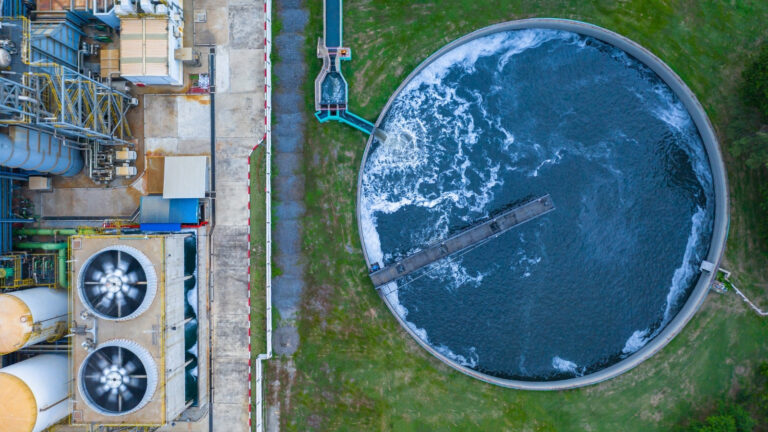
Modern technology not only expands the capability of various industries to an extent where you can not see the end. That is why more and more enterprises turn their heads towards the strength of technology nowadays. However, our reminder is to align your business objectives with the features of the software you are going to purchase. If rightly selected, your success is just ahead.



